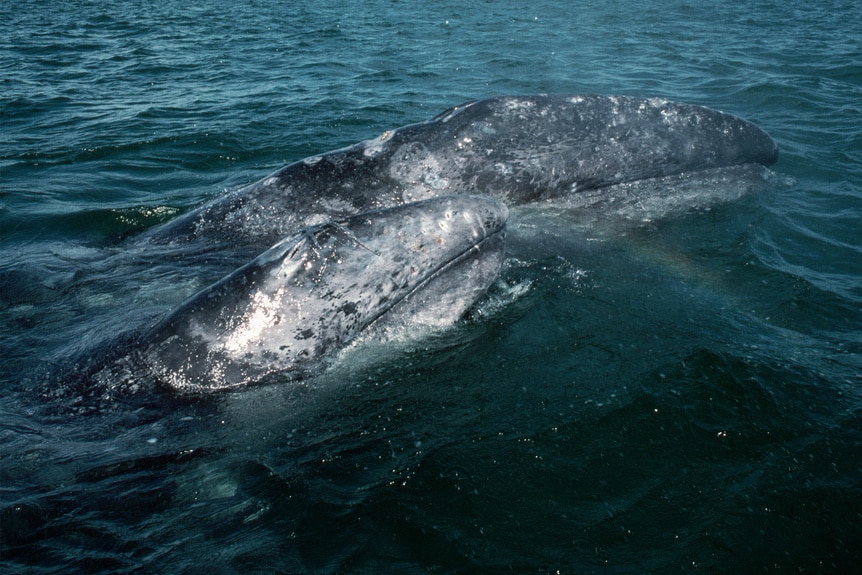Create a free profile to get unlimited access to exclusive videos, sweepstakes, and more!
"Extinct" for 200 Years, Gray Whale Seen Swimming in the Atlantic Ocean
After 200 years, gray whales are returning to the Atlantic Ocean. Climate change might be to blame.
Usually, a return from extinction requires advanced technology of the science fiction variety. The mad scientists at Jurassic Park used a combination of genetics and moxie to pluck dinosaurs from the distant past and feed them a steady diet of humans who paid for the pleasure.
Here in the real world, nature is doing the de-extinction on our behalf in subtler and less deadly ways. Recently, researchers from the New England Aquarium sighted a gray whale off the coast of Massachusetts during an aerial survey. Seeing a whale in the ocean isn’t all that unusual, but seeing a gray whale off the East Coast is. They’ve been extinct in the Atlantic Ocean for over 200 years.
“Extinct” Atlantic Gray Whale Seen off Nantucket Coast
Grays whales get their name from patches of gray and white mottled coloring on their skin. They are baleen whales which feed using the filtering teeth on their upper jaw. They get up to 50 feet (15 meters) in length, weigh up to 90,000 pounds, and are the only remaining member of their genus (Eschrichtius) and family (Eschrichtiidae). For the last couple of centuries, they have been found exclusively in the northern Pacific Ocean.
Historically, gray whales lived in the Atlantic but were slowly pushed out over the course of centuries, possibly by whaling. They disappeared from the European coast of the Atlantic about 1,500 years ago and from the American and African coastlines in the late 17th and early 18th centuries. While whaling likely wiped out the Atlantic populations, they went down swinging. Their penchant for putting up a fight when being hunted earned the gray whale the nickname “devil fish.”
For More on Whales:
A South African Killer Whale Took on a Great White Shark One-on-One and Won
Scientists at SETI are Talking with Whales to Learn About Talking with Aliens
This Massive, Ancient Whale Weighed More Than the Space Shuttle
They’re mostly solitary creatures, traveling alone or in small fluctuating groups where individuals float in and out, seemingly at random. And they feed by sifting food from the water column or tilling it from the sea floor. Gray whales roll on their sides and swim along the bottom, cutting trails in the mud with their teeth and sifting the food from the muck.
The Atlantic sighting happened on March 1, 2024, when an aerial survey team caught sight of the animal about 30 miles south of Nantucket. The whale was seen diving and surfacing repeatedly, probably descending to the sea floor to feed and returning to the surface to breath. The survey team circled for about 45 minutes while researchers took pictures and marveled at what they were seeing.
“My brain was trying to process what I was seeing, because this animal was something that should not really exist in these waters. We were laughing because of how wild and exciting this was—to see an animal that disappeared from the Atlantic hundreds of years ago!" said Research Technician Kate Laemmle, in a statement.
In fact, this isn’t the first time researchers have seen gray whales in the Atlantic in recent years. Researchers believe the same animal was sighted near Florida in December 2023. A total of five Atlantic gray whale sightings have been reported in the last 15 years. Scientists suggest that climate change is shifting gray whale behavior and pushing them into waters they haven’t swam in centuries. Hopefully, the Atlantic gray whale’s return from extinction will go more smoothly than John Hammond’s dinosaurs.
Add Universal’s Jurassic Park to your collection today!































